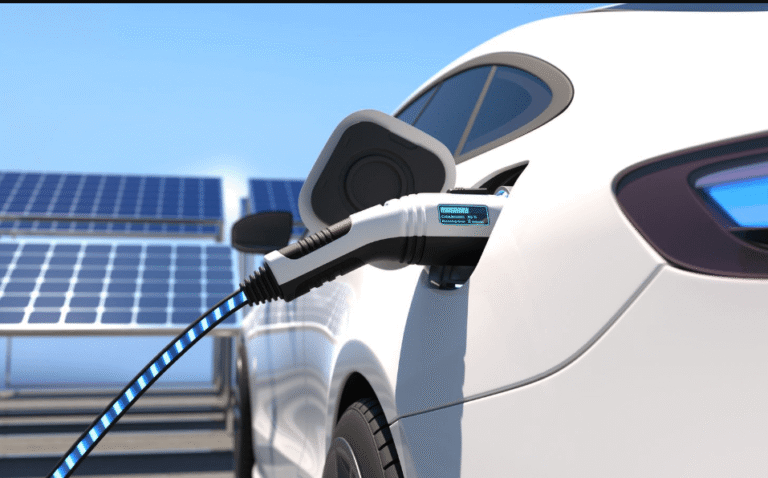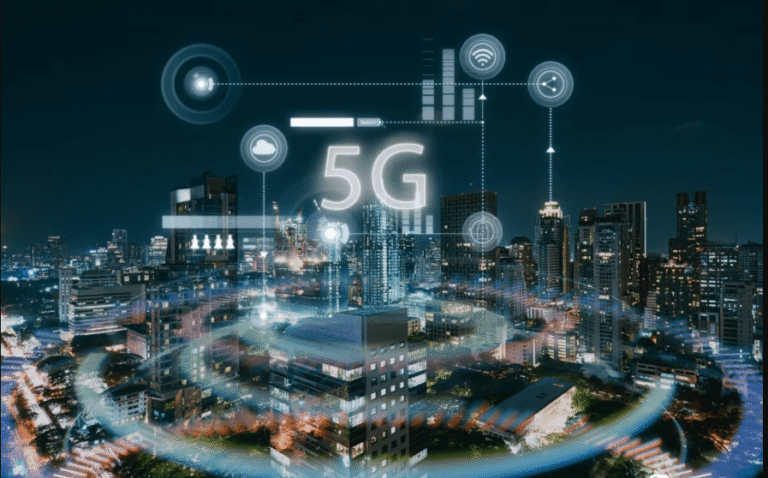The Rise of Smart Cities: How Technology Is Shaping Urban Living

The emergence of smart cities signifies a transformative shift in urban living. By integrating advanced technologies into infrastructure, transportation, and energy systems, cities enhance efficiency and sustainability. This approach not only addresses pressing urban challenges but also fosters a more connected community. As these innovations unfold, the implications for urban planning and everyday life become increasingly significant. What remains to be explored is how these developments will shape the future of urban environments.
The Impact of Smart Infrastructure on Urban Development
As urban areas increasingly adopt smart infrastructure, the interplay between technology and urban development becomes evident.
Smart buildings, equipped with sensors and IoT devices, leverage data analytics to optimize energy consumption, enhance occupant comfort, and streamline operations.
This integration fosters a more sustainable urban ecosystem, enabling cities to respond proactively to challenges while promoting individual freedoms through improved living conditions and efficient resource management.
See also: The Rise of Augmented Reality and Its Impact on Everyday Life
Enhancing Mobility Through Intelligent Transportation Systems
The integration of smart infrastructure lays the groundwork for advanced mobility solutions, particularly through intelligent transportation systems (ITS).
These systems facilitate seamless coordination between autonomous vehicles and traffic management, optimizing urban mobility. By leveraging real-time data analytics, ITS enhances traffic flow, reduces congestion, and empowers citizens with efficient transportation options.
Ultimately, this innovation fosters a liberated urban experience, aligning with the aspirations of modern city dwellers.
Promoting Sustainability With Smart Energy Solutions
How can smart energy solutions redefine urban sustainability?
By integrating renewable energy sources and enhancing energy efficiency, smart cities can dramatically reduce their carbon footprint.
Advanced technologies, such as smart grids and energy management systems, optimize consumption patterns, ensuring that energy is used more intelligently.
This shift not only fosters environmental responsibility but also empowers citizens to engage in sustainable practices, promoting a culture of freedom and innovation.
Improving Public Safety and Security in Smart Cities
Integrating smart energy solutions lays the groundwork for broader advancements in urban infrastructure, including public safety and security.
The deployment of surveillance technology enhances real-time monitoring, enabling quicker responses to incidents.
Moreover, fostering community engagement through transparent communication platforms empowers residents, allowing them to actively participate in safety initiatives.
Ultimately, this creates a cohesive environment where individuals feel secure and free within their urban landscapes.
Conclusion
In conclusion, the rise of smart cities embodies a transformative shift in urban living, where innovative infrastructure enhances connectivity, intelligent transportation systems foster mobility, and sustainable energy solutions promote environmental stewardship. As real-time data analytics streamline resource management, enhanced public safety measures cultivate secure communities. This synergistic integration of technology not only addresses contemporary urban challenges but also paves the way for a future where creativity, collaboration, and proactive development thrive in the heart of city life.




